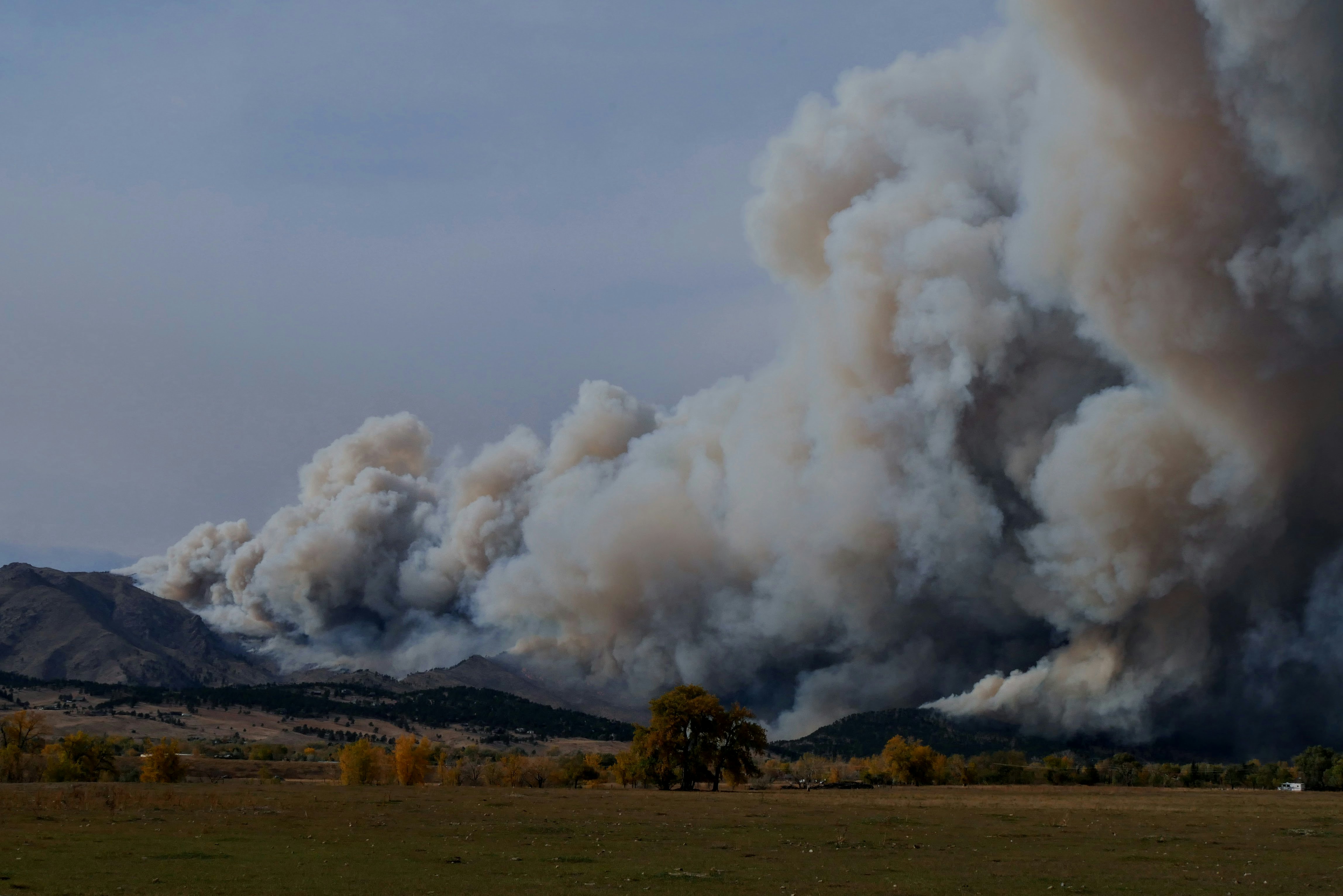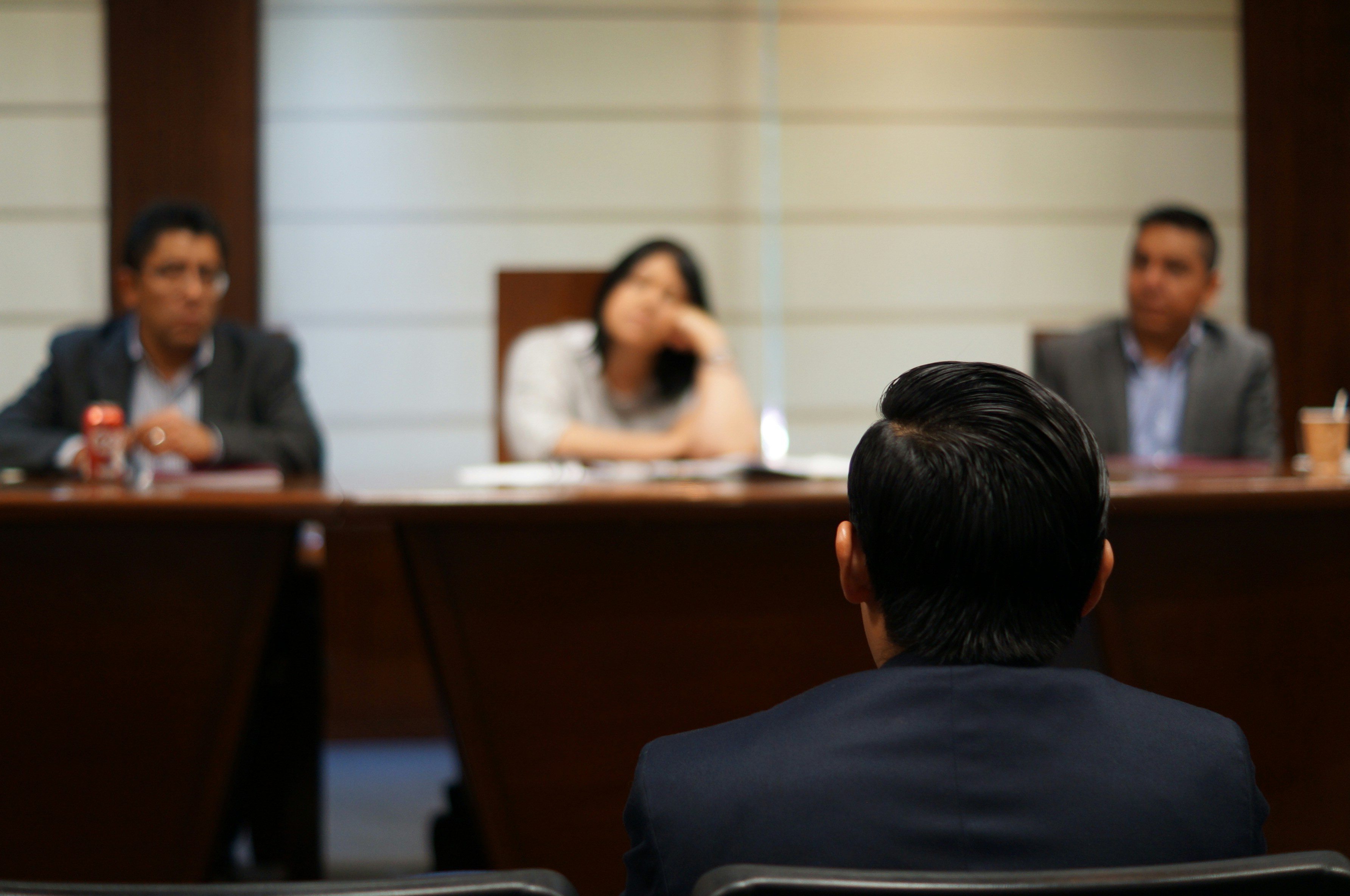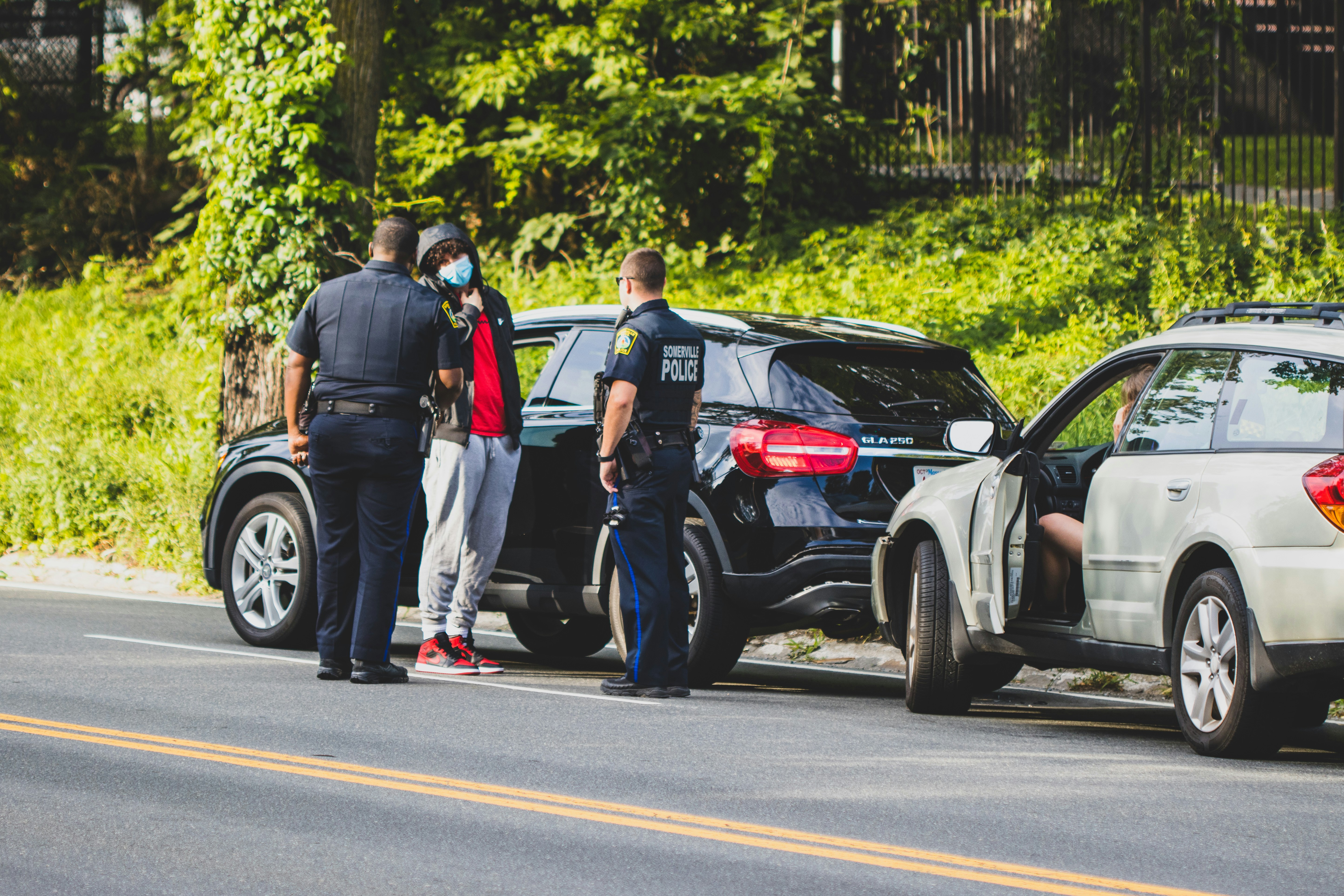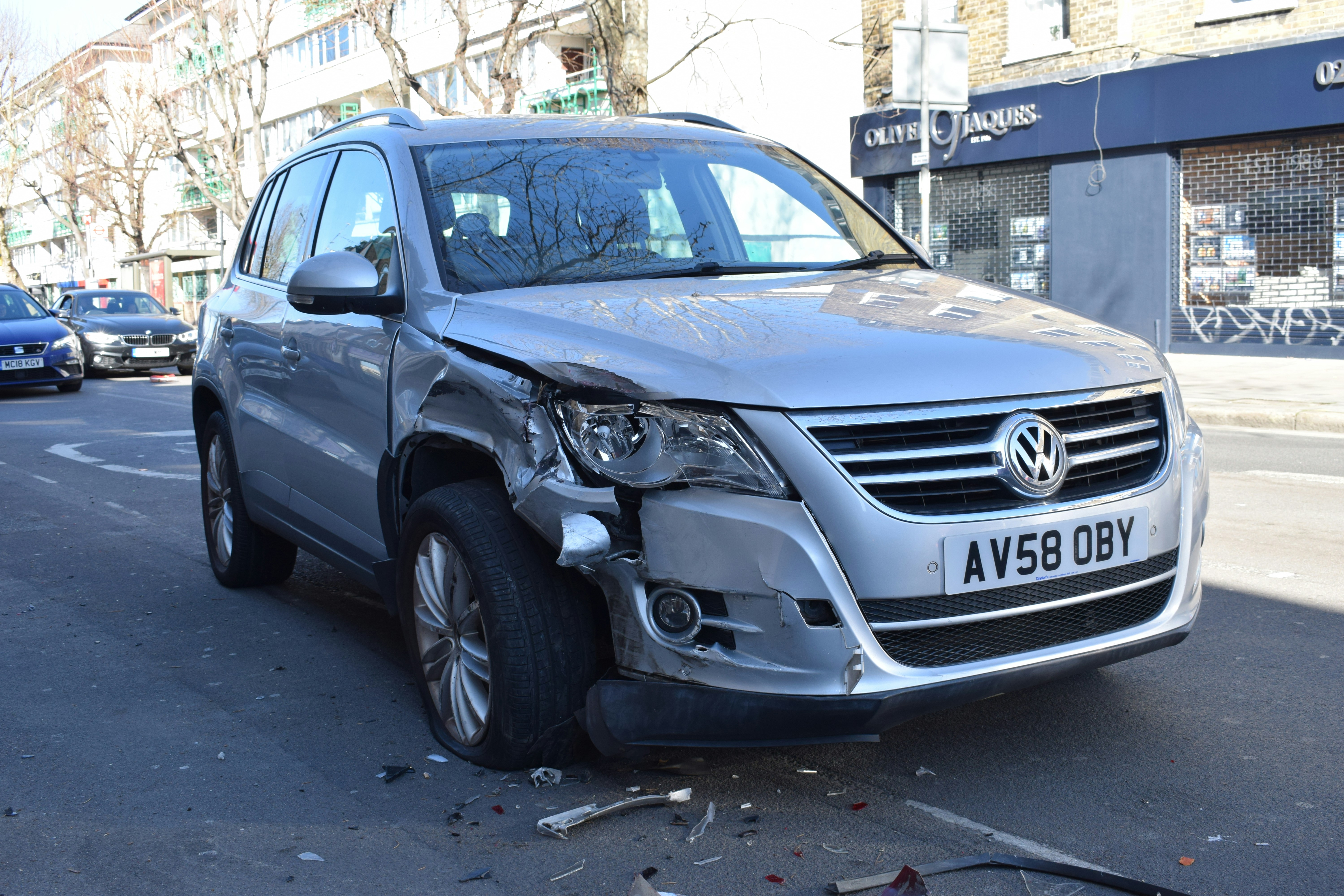Taking Action After a Distracted Driving Accident
Post date :
January 17, 2024

Founder, Western Slope Law
Distracted driving is a serious and growing problem on Colorado roads, contributing to thousands of crashes each year. In Colorado alone, driver distractions caused at least 72 deaths and over 15,000 crashes in 2022 . April is recognized as Distracted Driving Awareness Month, highlighting the urgency of this issue and reminding drivers to stay focused behind the wheel. The stakes are high – these crashes often result in life-changing injuries or worse, and every one of them is preventable.
The use of cell phones among Colorado drivers has increased in recent years. A CDOT survey found that 77% of Colorado drivers admitted to using their phones while driving in 2024, up from 68% in 2022. This trend shows how common distracted driving behaviors have become, even as the dangers become more evident.
Safety experts warn that taking your eyes off the road for just 5 seconds at 55 mph is like driving the length of a football field with your eyes closed. It only takes an instant of distraction for a drive to turn tragic. If you’ve been injured by a distracted driver, you are not alone – and you have legal options to hold the responsible party accountable.
How Do Distracted Driving Cases Happen?
Distracted driving refers to any activity that takes a driver’s attention away from the road. It can be visual, manual, or cognitive (taking your mind off driving). Common examples include texting, talking on the phone, eating, adjusting a GPS, or even dealing with children in the back seat. When a driver’s focus drifts, the results can be devastating. In legal terms, every driver has a duty to operate their vehicle with reasonable care – and paying attention is a basic part of that duty.
Cell Phone Use Behind the Wheel
Smartphone use is one of the leading causes of distracted driving crashes. Texting or dialing while driving is especially dangerous – and in Colorado it’s also illegal. Colorado law bans texting while driving for all drivers, and as of 2025, it is illegal to use a handheld cellphone for any reason while driving. This means if a driver was texting or talking on a handheld phone and caused a crash, they weren’t just careless – they broke the law.
Eating or Drinking While Driving
Eating a burger, sipping coffee, or any form of multi-tasking behind the wheel can be enough to cause a crash. There’s no specific law against eating while driving, but that doesn’t excuse the behavior. If a driver takes a bite of food and loses focus, they can miss a red light or fail to see stopped traffic. In legal terms, that driver still breached their duty to pay attention
GPS and Other In-Car Distractions
Fiddling with a navigation system or car stereo is another common distraction. Taking your eyes off the road to enter an address or find a radio station, even for a moment, creates a risk. If an accident happens during those few seconds of distraction, the driver can be deemed at fault for not paying full attention. Colorado drivers are expected to maintain control of their vehicle at all times. If GPS or touchscreen usage leads to swerving or delayed braking, it’s strong evidence of driver inattention. Legally, even though using a GPS is allowed, a driver can still be considered negligent if they were too absorbed in the device to drive safely.
Many newer cars also record data, so it might be possible to show the driver was interacting with the car’s console at the time of the crash. In short, any task that steals focus – phone, food, or GPS – can make a driver legally liable for an accident if it causes them to breach their duty of care.
What Makes a Distracted Driving Case Different from a Typical Accident?
Most car accidents involve some form of driver error, but distracted driving cases have unique legal nuances that set them apart. If you were hit by a distracted driver, there may be additional factors that can strengthen your claim compared to a “typical” accident. Here’s what often makes distracted driving crashes different:
Breaking a Safety Law (Negligence Per Se)
In many distracted driving situations, the at-fault driver has violated a specific safety law, such as Colorado’s ban on texting or handheld phone use. When a driver breaks a law meant to protect public safety and causes an injury, the doctrine of negligence per se may apply. In plain English, this means the court can treat the law violation as proof of negligence. This can make your case more straightforward than a typical accident where fault might be disputed. It puts the focus on damages, since the wrongdoing is clear-cut.
Evidence of Recklessness and Potential Punitive Damages
Distracted driving isn’t just a simple mistake; it’s a reckless choice that endangers others. Because of this, courts and juries may view a distracted driver’s actions as more serious than a run-of-the-mill error. In Colorado, if a driver’s conduct is found to be willful and wanton – essentially showing a reckless disregard for the safety of others – the injured victim can seek punitive damages in addition to normal compensation. Punitive damages are meant to punish especially bad behavior and deter it in the future. A jury might consider texting behind the wheel (despite knowing the dangers) as meeting this threshold. While not every distracted driving case will result in punitive damages, the possibility is on the table in a way that wouldn’t apply for an ordinary fender-bender.
How Distraction Affects Fault Determination
In a typical accident, fault might be split between drivers or unclear. In a distracted driving scenario, however, the blame often falls heavily on the distracted driver. If solid evidence shows the other driver was texting or otherwise not paying attention, it will be difficult for them or their insurer to argue you were at fault. Colorado follows a comparative negligence rule, meaning an injured person’s compensation can be reduced if they were partly to blame – but when one driver was blatantly distracted, that driver will usually bear the lion’s share of fault. In short, distraction tends to make fault clear-cut, which can streamline the legal process in proving liability.
How Can You Prove Distracted Driving in an Auto Accident Case?
Proving that the other driver was distracted is a critical part of a distracted driving claim. Often, the at-fault driver won’t readily admit they were checking a text or glued to their GPS when the crash happened. It may fall on you (and your attorney) to gather evidence of their distraction. Fortunately, there are several effective methods to show a driver was not paying attention:
Cell Phone Records: Phone records can reveal if the driver was calling, texting, or using data at the exact time of the accident. For instance, records might show a text was sent one minute before the 911 call about the crash.
Witness Testimony: Eyewitnesses are invaluable. Another driver or a pedestrian might have seen the at-fault driver typing on their phone or looking down moments before the collision. A witness could also note erratic driving, like swerving, that suggests distraction.
Photos and Video Footage: In today’s world, many accidents are caught on camera. Traffic cameras or surveillance videos near an intersection might show the driver was not looking at the road or failed to brake. Dashcam footage from your vehicle or a following vehicle can be even more telling – it might capture the other driver’s face illuminated by a phone screen, for example.
Police Reports and Driver Admission: Always call the police after a crash. The responding officer will file an accident report that sometimes notes if the driver was distracted. Drivers have been known to admit at the scene with statements like “I’m so sorry, I was on my phone” or “I looked down to grab my drink.” If they said anything like this, it should be documented by the officer.
Social Media or Other Electronic Data: It may sound odd, but sometimes you can catch a distracted driver through their own digital trace. If the driver was posting on Facebook or uploading a Snapchat at the time of the crash, that can be logged. In some cases, vehicle infotainment systems record user activity (for instance, the car’s computer might log that a Bluetooth call was active). While you might not personally have access to this data, an attorney can request it during discovery.
Proving distraction can be complex, but a skilled distracted driving lawyer knows how to find and use these pieces of evidence. In fact, gathering evidence like phone records or surveillance video is often something your attorney will handle, so you can focus on recovery. The more evidence you have, the stronger your position when it comes time to negotiate with insurance companies or present your case in court.
What Does This Mean for the Value of Your Case?
If you can clearly establish that the other driver was distracted and at fault, it can significantly impact the value of your injury claim. Distracted driving cases often provide a stronger foundation for compensation than a standard accident because the liability is more evident and the behavior was particularly careless. Here’s how proving distraction might increase the value of your case:
Clear Liability and Accountability
When there is solid proof of the other driver’s distraction (like phone records or a citation for texting), their liability for the accident becomes very clear. This means you’re less likely to have a drawn-out battle over who was to blame. In turn, the case focuses on damages – your injuries, medical bills, lost wages, pain and suffering, etc. With fault being almost a given, insurance companies are more likely to accept responsibility.
They know that in front of a jury, a driver who was Facebooking or texting while driving will not get much sympathy. Clear liability can speed up settlements and remove any reductions that might occur if there were questions about shared fault. In Colorado, if the other driver is 100% at fault, you are entitled to recover all of your provable damages.
Potential for Higher Compensation (Punitive Damages and More)
Distracted driving can open the door to punitive damages in cases of egregious conduct. While punitive damages are not guaranteed, the mere possibility can increase the pressure on the at-fault driver’s insurer. They may offer a higher settlement to avoid the risk of a jury awarding punitive damages at trial. Moreover, even aside from punitive damages, juries tend to respond to reckless behavior.
In a trial, jurors who learn that the defendant was looking at Instagram when they caused a severe crash might award higher non-economic damages (like pain and suffering) because they feel the behavior was outrageous. This can translate into better settlement offers or awards, ensuring you are more fully compensated for what you’ve been through.
Stronger Negotiating Position with Insurers
When you have evidence of distracted driving, you hold a strong hand in negotiations. Insurance adjusters know that if the case goes to court, a distracted driver case is harder for them to win. This often makes them more inclined to settle—and to do so for a fair amount—rather than drag things out.
They also know that a trial would air the insured driver’s bad behavior, which could result in a large verdict.. As a result, your lawyer can negotiate from a position of strength, leveraging the evidence of distraction to insist on a settlement that fully covers your losses. In practical terms, a claim involving clear distracted driving might fetch a higher settlement than an otherwise similar claim where fault is murky.
Get Help from a Distracted Driving Lawyer
Being the victim of a distracted driving crash is traumatic, but you don’t have to navigate the aftermath alone. Colorado law is on your side — and an experienced distracted driving lawyer can guide you through the process of pursuing justice and compensation. From investigating the crash and gathering evidence, to dealing with insurance adjusters who may try to minimize your claim, a knowledgeable attorney will advocate for your best interests every step of the way. Importantly, they understand the nuances of distracted driving cases, such as leveraging phone records or the new hands-free law, to build a compelling case on your behalf.
If you or a loved one has been injured by a distracted driver, consider reaching out for a legal consultation sooner rather than later. Evidence can fade and memories can blur, so having a lawyer involved early can make a big difference. A compassionate, client-centered firm like Western Slope Law knows that this is more than just a case – it’s your life and future on the line. They can answer your questions, help you understand your rights, and handle the legal burdens so you can focus on healing.


















